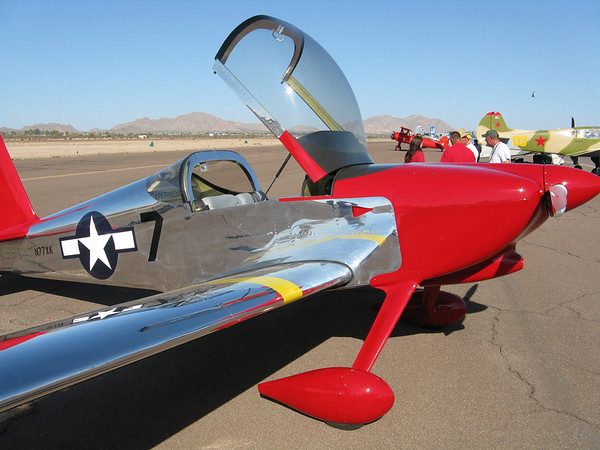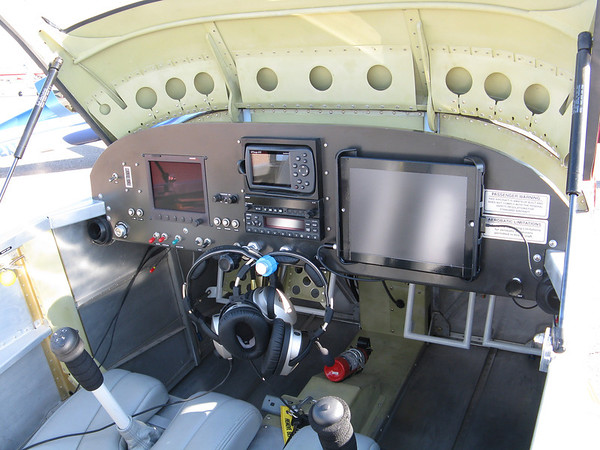n5lp
fugio ergo sum
Just an alert for those of you who don't get "Sport Aviation." I got the March 2012 issue today and found a nice article by Mike Kerzie of Arizona. Mike took his Parallel Valve IO-360 powered RV-7 to 26,900 feet about this time last year. That was the absolute altitude for that airplane at that weight on that day.







